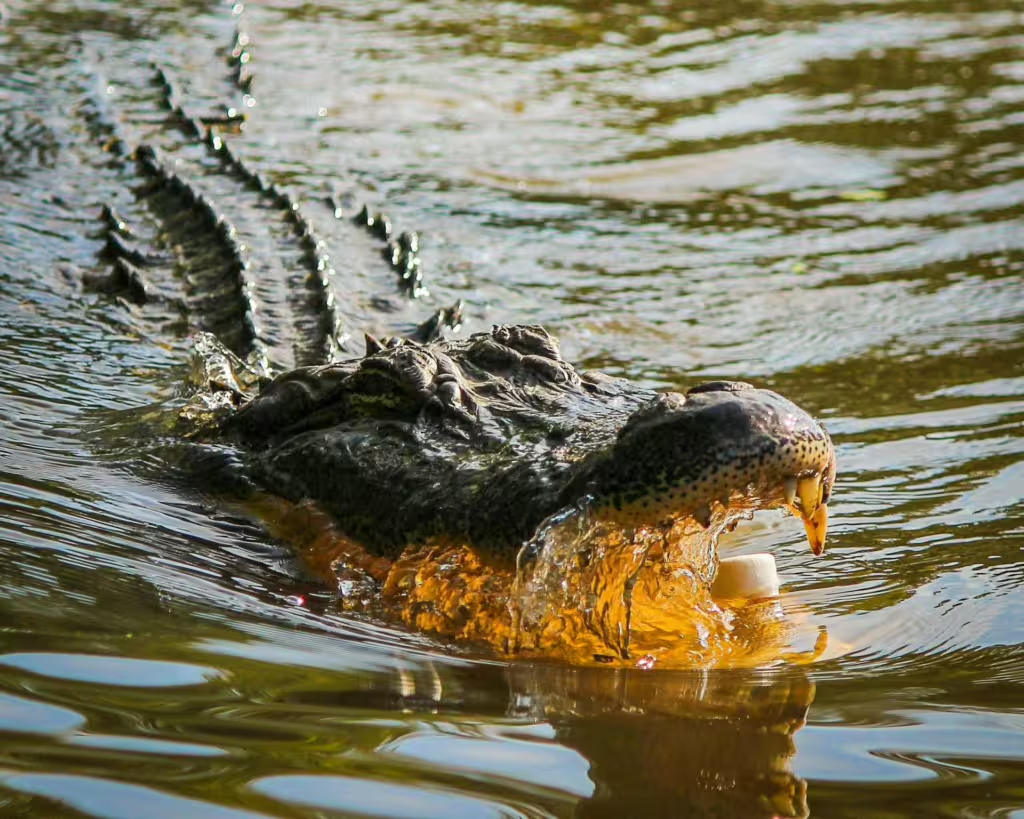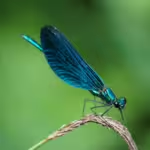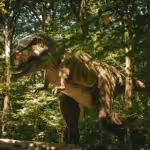Our weekly trip on the True Investigator World Tour takes us back to the continental United States. Only, instead of traversing the scorching Mojave desert, we are heading to a place that is a great deal more humid; though no less warm. We are speaking, of course, of the Everglades. This vast westland is often mistaken for a tremendous swamp, but the Everglades are more than a morasse of moss and muck, its a mosaic of varying miniature ecosystems.
The Everglades stretches across the southern tip of Florida. Though some refer to it as a “river of grass,” this vast wetland is a mixture of slow-moving water, sawgrass prairies, mangroves, and cypress swamps. In this ecosystem, you can find an alligator basking in the sun and a water bird ambling around looking for its next meal. Marsh or waterway, grove or prairie, the creatures that live in this region have found unique ways to fill the various ecological niches that exist within this otherworldly realm.
In this article, we will take a virtual fanboat journey into this living, breathing ecosystem. Along the way, we will discover many animal species that can be found nowhere else in the world. By the time we’re back on truly solid ground, perhaps you too will have a new appreciation for the Everglades and the wide breadth of diversity it contains.
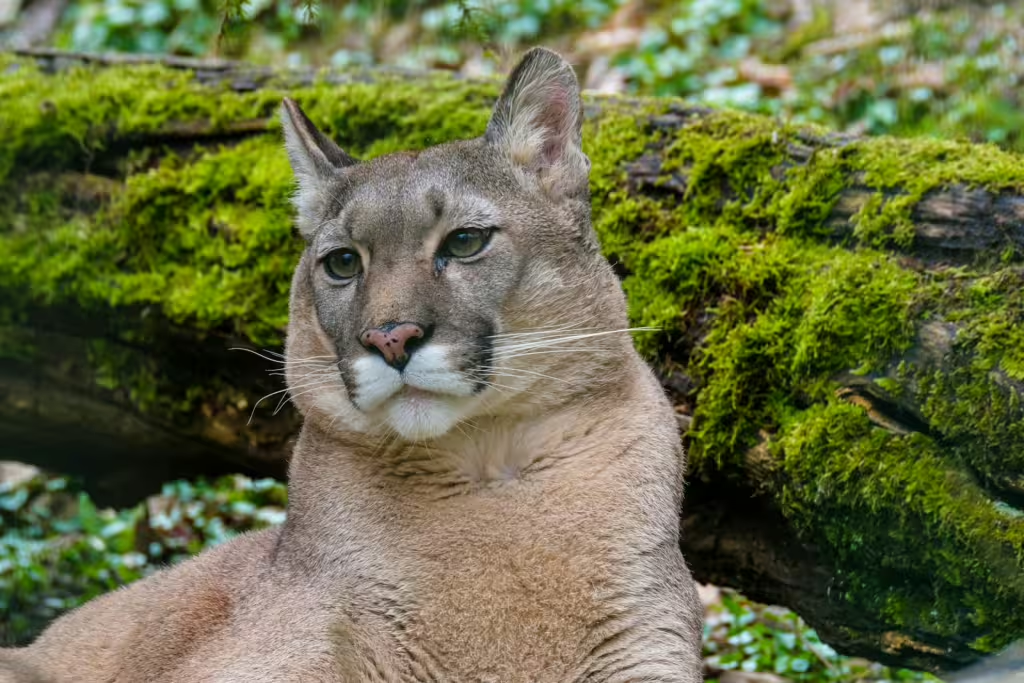
The Everglades Landscape
The so-called “River of Grass” that is the Everglades, is so-named because of the shallow sheet of water that covers the near endless marshland of shrubs, roots, trees, and yes, grasses. The glads’ themselves begin with water flowing slowly—only about a few feet per day, on average—southward from Lake Okeechobee. It is this slow flow of water that essentially creates the unique conditions that exist within the Everglades. The end-result is a patchwork of different habitats, each with its own unique community of plants and animals.
Key Ecosystems
The diverse habitats mentioned below are what form the foundation of the Everglades incredibly unique wildlife.
Sawgrass Marshes: The main marshland of the Everglades is dominated by huge swaths of tall sawgrass. These wetlands are perfect habitats for the two most iconic Everglade residents, alligators and wading birds.
Cypress Swamps: Seasonal flooding is a part of life in this region and the floods provide crucial nourishment for cypress domes. In this species and within these cypress swamps, the tallest trees grow in the center.
Hardwood Hammocks: A hardwood hammock is a slightly elevated “island” of sorts. These are so-named because they are mostly dominated by mahogany and gumbo-limbo trees.
Mangrove Forests: Along the coastal areas of the Everglades, closer to the ocean itself, mangroves thrive. These trees are capable of taking in saltwater and freshwater with aplomb. Mangroves often act as nurseries for fish and rookeries for birds.
Sloughs: Though much deeper than the shallow waters that dot across the majority of the Everglades, these deeper channels of flowing water support a diverse array of aquatic life.
The Animals of the Everglades
Alligators: The Keystone Species
Like elephants, hippos, and ants, American alligators are keystone species in their native habitats. This means that alligators, by the mere virtue of their appetite and behaviors, are critical to the continued survival of many other species that live in the Everglades. It may surprise many readers to know that these voracious reptiles were once hunted nearly to extinction, but their population has since rebounded due to ongoing conservation efforts; including hunting regulations. conservation efforts. Also like elephants, alligators can literally shape the ecosystem around them in valuable ways. They do this through their “alligator holes”—depressions they dig that hold water during the dry season. These holes go on to provide refuge for fish, turtles, and some waterbirds.
The Elusive Florida Panther
Another apex predator that once roamed this region is today one of the rarest animals in North America. The Florida panther is a subspecies of cougar that once called the Everglades home. These days, only 200 of the wild cars survive in the wild and those few felines face threats from habitat loss, vehicle collisions, pollution, poaching, and genetic bottlenecks due to a vastly reduced gene pool. Still, the very fact that some continue to eke out an existence adjacent to a modernized Floridian world, speaks well of the inherent wildness of the region.
Manatees: Gentle Giants
The gentle “sea cows” of the Florida Everglades are remnants of a distant mammalian past. These placid, aquatic herbivores inhabit the warm coastal waters and slow-moving rivers of the Everglades, where they graze on both seagrass and freshwater plants. Though manatees are in constant danger from boat collisions, pollution, and habitat destruction, they are essential to the environment. Their grazing behavior helps keep the growth of aquatic vegetation in check.
Birds of the Everglades
If you’re a birdwatcher heading to the Everglades, you’re in luck. This region is home to no less than 350 bird species.
- Wading Birds: Roseate spoonbills, great egrets, wood storks, and herons are wading birds that do best in shallow marshes.
- Snail Kite: This endangered raptor specializes in eating one particular animal, though they do enjoy others from time to time. Their main treat though is apple snails and their curved beaks are perfectly adapted for the task of removing the little buggers from their protective shells.
- Migratory Birds: The Everglades provides critical wintering grounds for a slew of migratory bird species that annually make their way down the Atlantic Flyway.
Reptiles and Amphibians
In addition to alligators, the Everglades are home to countless snakes, frogs, toads, and even an American species of crocodile. Like the Saltwater Crocodile of Australia, the American variety prefers saltier waters and can be found along the southern coast of the region.
Fish and Aquatic Life
Being that the vast majority of the Everglades is on or below the water, it is not hard to believe that the region is chock’ full of fish species. Largemouth bass, sunfish, and gar swim in inland waters, while snook, tarpon, and redfish meander through the mangroves, using them as nurseries. Crustaceans and mollusks also abound in the region, feeding both humans and wildlife.
Insects
Swarms of mosquitoes cloud the skies around the Everglades, while delicate dragonflies hover above the water line in search of prey. Insects are a constant nuisance and presence in this ecosystem and form the very base of the food web. They are also vital pollinators for many endemic plant species.
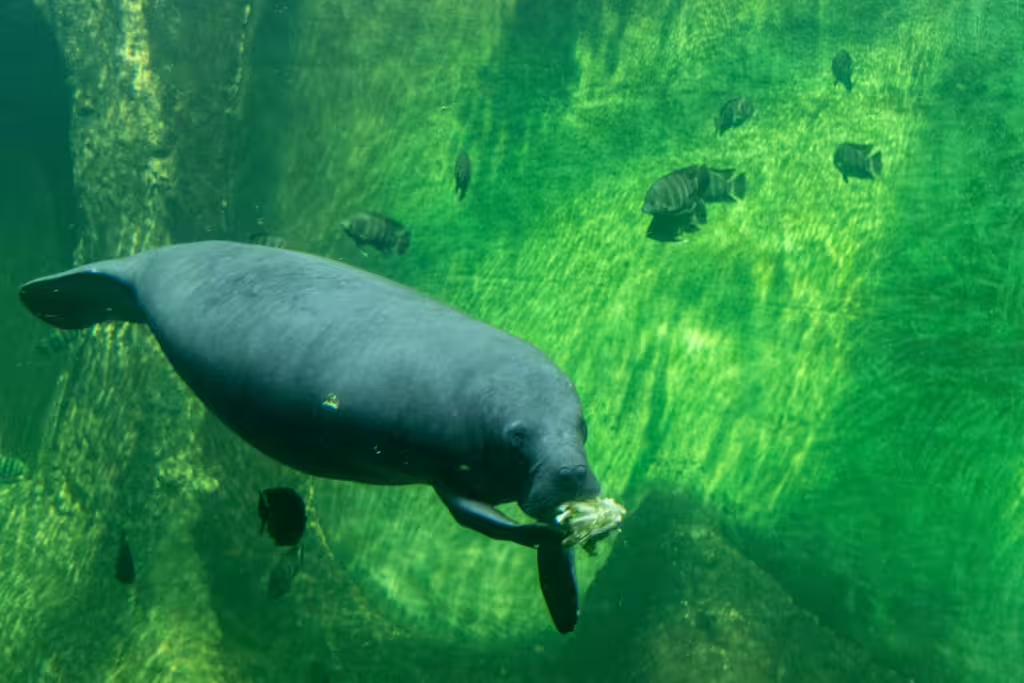
The Impacts of Man and Beast
Human Impacts
Over the centuries, humankind has managed to push the once mighty Everglades to the brink of collapse. Decades of canal building, agriculture, and urban expansion have disrupted the natural flow of water in the area. This disruption goes all the way from Lake Okeechobee to the sea and it has greatly reduced the Everglades in both actual size and by the continual degradation of natural habitats. At the same time, nutrient runoff from abutting farms has encouraged the rise of algae blooms, altering plant communities above and below the water’s surface and ultimately harming native species. Finally, as seas rise, saltwater intrusion threatens freshwater ecosystems, and even the salinity-protected mangroves are not fully prepared for this level of intrusion
Invasive Species
Even with all of these issues ongoing, one of the most recognizable modern threats to the Everglades is that of invasive species. Giant constrictor snakes like boas and pythons, once kept as pets by local humans, have made their way into the wild and established breeding populations. As they have no natural predators, these snakes run roughshod on the ecosystem, preying on native mammals and birds, and causing significant declines in species like raccoons, rabbits, and bobcats. Invasive plant species like Brazilian pepper and melaleuca trees also affect the area, crowding out native plants, altering habitats, and affecting water flow.
Conservation Efforts
- Everglades National Park: The Everglades’ status as a national park was first stablished in 1947, and the area where it is situated protects a large portion of the ecosystem as a whole.
- Comprehensive Everglades Restoration Plan (CERP): This massive project is aimed at restoring natural water flows in the region. It will help to enliven the entire ecosystem if it succeeds.
- Invasive Species Removal: Florida laws now prohibit the release of non-native species into the Everglades and even reward folks who kill and bring in dead invasive snakes.
- Wildlife Protections: Endangered species like the Florida panther and snail kite are already under the protection of man and receive targeted conservation efforts.
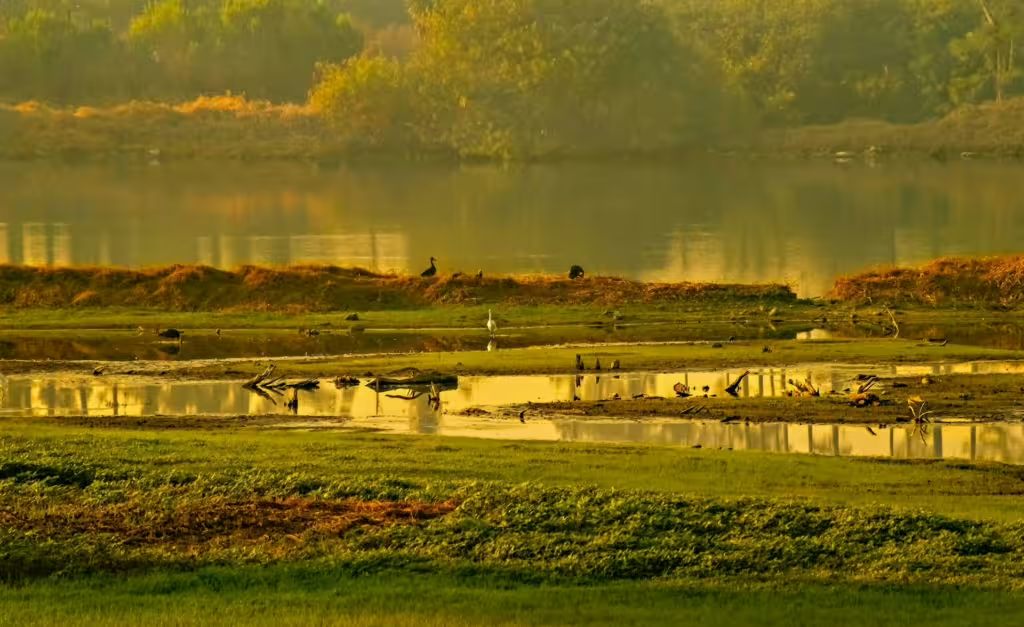
True Investigator Says…
As you can see, the Everglades is one of our planet’s greatest examples of harmony in nature. This vast and remarkable ecosystems or mix of ecosystems, if you prefer, is an intricate web of water, plants, and animals, all linked together through their diets, morphology, adaptations and behaviors. The result of this interconnectivity is a living masterpiece that would make the Gods of old weep with appreciation.
From the largest gator to the smallest ant, every creature that lives here, shapes their environment in its own way. Some, like invasive boas and plants, affect it in a negative way, throwing off the important balance that has kept this intricate system working for many millennia. But those interlopers are few and far between, The real heroes of the Everglades are the plants, animals, and neighboring people that a tively work to keep the system moving in slow, deliberate time.
Nevertheless, time and again we have seen how fragile these ecosystems are when humans get involved. Our impact on the natural world cannot be overstated, for it has been overwhelmingly negative. Environments so specialized cannot endure when threats like climate change and pollution threaten to undermine the most basic processes that keep them humming. It’s for this reason and so many others, that we must teach our kids about the importance of these ecosystems, all while doing what we can to preserve it for the next generation.
Discover more from TrueInvestigator
Subscribe to get the latest posts sent to your email.
